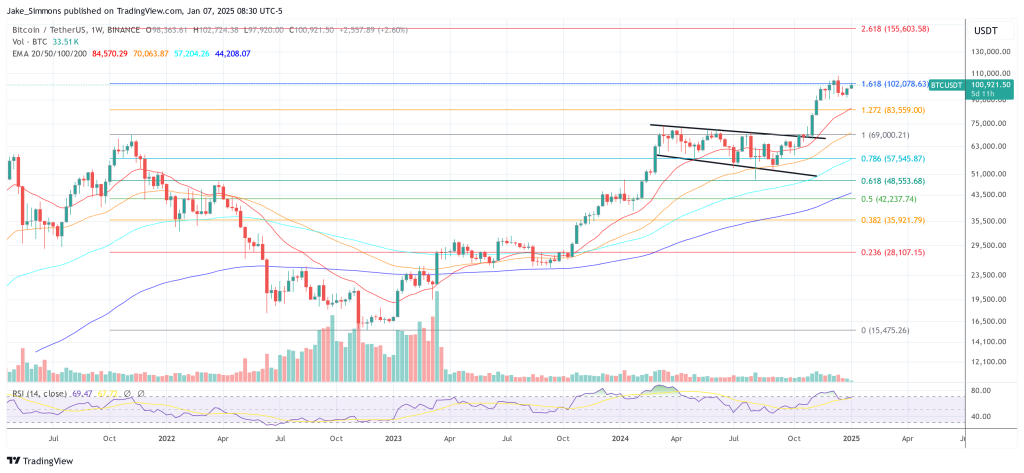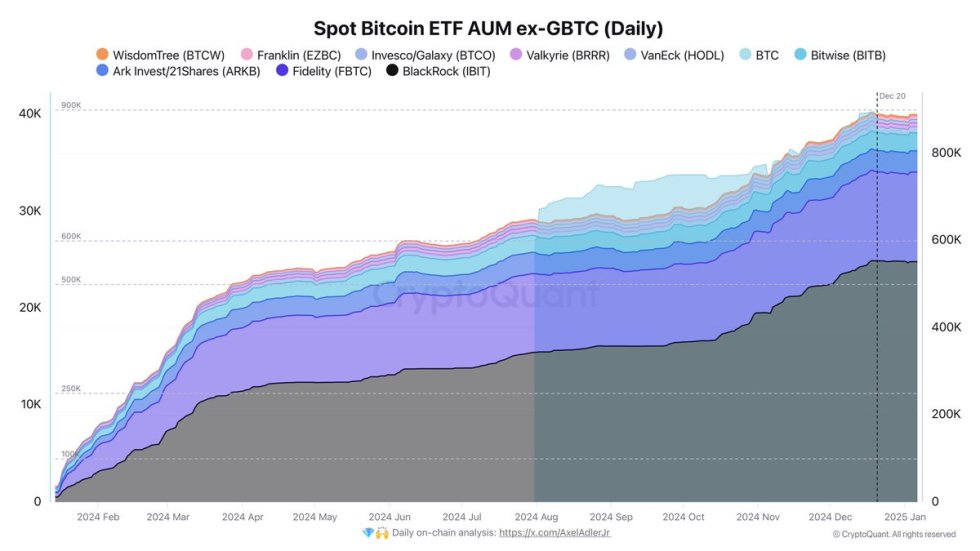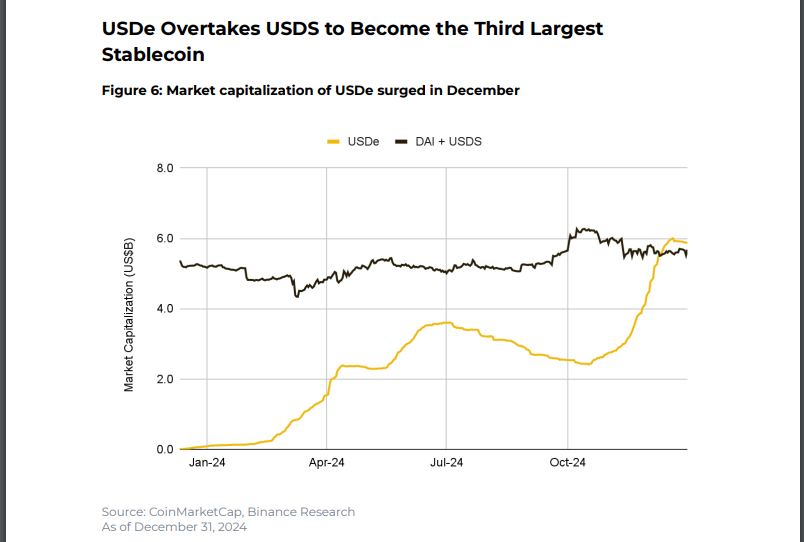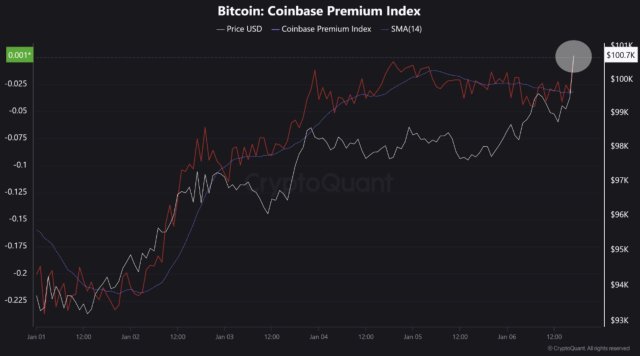TLDR at the bottom
Intro
The Cosmos ecosystem, when compared to many monolithic blockchains like Ethereum and Solana, is unique in many aspects. However many people mistakenly see ATOM token, in a similar manner to these chains. Cosmos is unique in its architecture, and it goes far beyond ATOM. For all intents and purposes, most chains in the Cosmos, really *don’t actually need Cosmos (ATOM). They operate fully independent, and sovereign blockchains with their own unique validator set and their own guiding rules for their chain. However, there are a few things that make these chains a part of the Cosmos.
1. On-chain governance
One unique feature found in many Cosmos chains, is that most chains in the Cosmos have a democratic governance model. This model allows for the delegators of their blockchain, to outweigh the validators in the governance process.
With a full validator set, these on-chain governance rulings tend to go unchallenged, even if the delegators overruled what a majority of the validators wish for. Largely, validators believe in the integrity of the chains, and if their was a disagreement, their would likely be a fork to implement the validatirs preferences, leaving the original chains governance vote unchanged. However, this has never happened in the Cosmos, to my knowledge.
2. The IBC
Interblockchain Communication protocol. This protocol allows sovereign blockchains that are hooked into it, to communicate freely. This includes but is not limited to coin transfers, but also arbitrary data, and thanks to Interchain Accounts and Interchain Queries, it also includes cross chain smart contract deployment and execution.
The IBC is pretty groundbreaking in the age of interoperability. Retaining sovereignty in your blockchain is necessary for many projects and it why projects like Near, and DYDX are choosing to join the IBC. Injective recently released a Solana rollup, that is connected to the IBC. Composable is bringing both Near, Polkadot and Ethereum to the IBC. ATOM Dev, Jack Zampolin is also in talks with core Algorand Devs as well to connect to the IBC. Landslide, which is a Avalanche subnet, is bringing a connection for Avalanche, to the IBC. World Mobile is bringing an IBC connection to Cardano.
Simply put, IBC has gain traction because of a few simple concepts. Retain your sovereignty and creative edge in your chain, pay fees to cross to new chains, in your native token. Maximum freedom and sovereignty as well as maximum value capture via fees paid in the native chains token.
What does this current Cosmos ecosystem model due about the fragmentation of economic security between chains?
A few interesting concepts are in the process of being built, or launching, that should help to alleviate fragmentation of economic security in the IBC ecosystem. Here they are, at a high level:
Interchain Security- Interchain Security is a form of replicated security, where blockchains can lease their economic security from the Cosmos Hub. In this model, the Cosmos Hub validators will run a node, specifically for these new blockchains, and the validators and delegators will earn a portion of fees and inflation from the blockchain leading the security. In addition to this, the validators also have the ability to be slashed or jailed on the Cosmos Hub, on behalf of the blockchain leasing the security, if the validator acts maliciously.
Mesh Security- Mesh Security, is a bidirectional version of Interchain security. Where, instead of a provider chain, and a consumer chain, each chain will act as a provider and a consumer of each others economic security.
Essentially, each chain will allow for a portion of their stake, to be slashable based on parameters set by the chains in question. This is done to ensure that these chains validators always act honestly, with regard to any chain they mesh secure. In addition to these security measures, these validators and their delegators that are helping to mesh secure these chains, may also earn additional incentives for providing this security service across multiple chains.
Celstia: Sovereign Rollups- The Celestia Sovereign rollup model goes like this. Celestia acts as a “lazy ledger” of sorts, where it is simply used for data availability for the various Rollups built on top of it. One important detail, is that Celestia itself will have no execution layer. It’s purpose is to be able to relay data to any rollup built on it, as well as any IBC chain that enables data availability sampling, through a sequencer relaying to the Celestia data availability layer.
Babylon: Bitcoin Time Stamping- Bringing Bitcoin security to the Cosmos. Babylon is working to timestamp transactions, from Cosmos networks, to the Bitcoin Blockchain, to add an extra layer of security and data availability to Cosmos PoS blockchains. One of the big use cases that can come from BTC time stamping, will drastically reduced unbonding times. Many Cosmos chains have unbonding times between 14-28 days. However, Babylons service could bring down unbonding times to potentially be around 1 day or less, depending on the chain and it’s security preferences.
Conclusion
The Cosmos Ecosystem is very unique in its architecture, and its architecture provides its own set of trade offs. However, economic security fragmentation, is perhaps one of the biggest threats to the chains building in the Cosmos ecosystem, but this issue is being addressed in many ways through the items I have listed above.
Other security providers, like Babylon, Saga, Dymension and Terra (Terra Alliance) are also working on ways to minimize security fragmentation throughout the Cosmos, leading to a more secure and cohesive economic ecosystem.
TLDR: The Cosmos Ecosystem is built of various sovereign blockchains, whom, if they choose too, can derive their economic security from a validator set of somewhere between 100-150, with democratic voting system to act as the social consensus layer. However, this method means that throughout the Cosmos, these blockchains can have vastly different economic security. Leading to security fragmentation.
This has lead to the development of multiple security systems to be created, to help to alleviate this problem. Security providers and systems such as The Cosmos Hub with Interchain Security, and mesh security. As well as Celestia with Sovereign Roll ups and Babylon for Bitcoin Time-Stamping. All of these systems and providers, give different trade-offs in sovereignty and level of security, however, this variety of systems allow for a free market of security choice for blockchains to make and utilize at their disposal.
[link] [comments]

You can get bonuses upto $100 FREE BONUS when you:
💰 Install these recommended apps:
💲 SocialGood - 100% Crypto Back on Everyday Shopping
💲 xPortal - The DeFi For The Next Billion
💲 CryptoTab Browser - Lightweight, fast, and ready to mine!
💰 Register on these recommended exchanges:
🟡 Binance🟡 Bitfinex🟡 Bitmart🟡 Bittrex🟡 Bitget
🟡 CoinEx🟡 Crypto.com🟡 Gate.io🟡 Huobi🟡 Kucoin.




















Comments